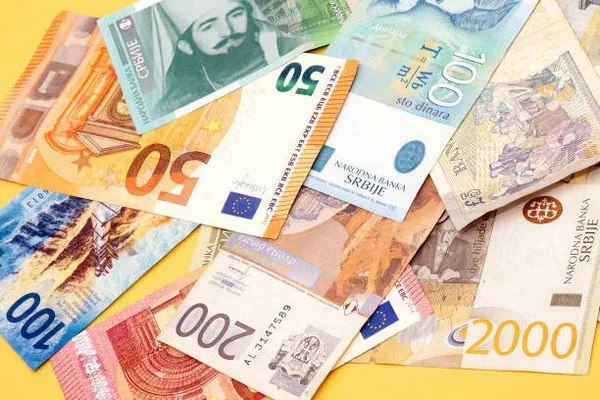In the world of numismatics, collectors seek out rare coins not just for their monetary value but also for their historical significance and unique characteristics. The British pound coin, a symbol of economic stability and national identity, has its fair share of rare variants that intrigue both collectors and enthusiasts. But what exactly makes a pound coin rare? Delving into the intricate world of coinage, this article explores the factors contributing to the rarity of pound coins.
Historical Context:
The British pound coin, introduced in 1983, has undergone several design changes over the years, each reflecting different facets of British culture and history. From the iconic Royal Arms to commemorative designs honoring significant events, the pound coin embodies the nation’s rich heritage. However, not all pound coins are created equal in terms of rarity.
Mintage Figures:
One of the primary factors determining a coin’s rarity is its mintage figures. Mintage refers to the number of coins produced for circulation in a particular year or design variant. Generally, coins with lower mintage figures are considered rarer and thus more desirable to collectors. For example, the 2011 Edinburgh £1 coin, featuring the Edinburgh skyline, had a mintage of just over one million, making it relatively scarce compared to other pound coin designs.
Error Coins:
Another intriguing aspect of rarity in pound coins is the presence of error coins. Error coins are those that deviate from the standard production process, resulting in unique characteristics not intended by the mint. These errors can range from misstrikes and double strikes to planchet errors and die varieties. Error coins often fetch premium prices in the numismatic market due to their rarity and unusual features. For instance, the 2016 dated £1 coin with a mismatched obverse and reverse design caused a stir among collectors, elevating its value significantly.
Commemorative Issues:
Commemorative pound coins, issued to mark special occasions or anniversaries, often become sought-after collectibles due to their limited release and unique designs. These coins may feature iconic landmarks, historical figures, or cultural symbols, adding to their appeal. For example, the 2012 London Olympic Games £1 coin, depicting various sports icons, generated widespread interest among collectors worldwide. The limited availability of such commemorative coins contributes to their rarity and elevated status in numismatic circles.
Withdrawn Designs:
Occasionally, certain pound coin designs are withdrawn from circulation due to factors such as public demand, security concerns, or changes in currency technology. When a design is withdrawn, the coins bearing that design become increasingly scarce as they are gradually removed from circulation. Withdrawn designs often gain value over time as collectors seek to complete their collections or acquire pieces of numismatic history. The 2017 “Round Pound,” replaced by the bi-metallic version, is a notable example of a withdrawn design that has become sought after by collectors seeking to preserve a piece of British coinage history.
Condition:
The condition of a coin also plays a significant role in determining its rarity and value. Coins in pristine, uncirculated condition are typically more desirable to collectors than those showing signs of wear and circulation. Factors such as scratches, dents, and discoloration can diminish a coin’s value, especially for rare and collectible pieces. Numismatists often prioritize acquiring coins in the best possible condition to enhance the aesthetic appeal and investment potential of their collections.
Collector Demand:
Ultimately, collector demand drives the market for rare pound coins. Coins that capture the imagination of collectors due to their historical significance, aesthetic appeal, or unique features command higher prices and greater interest. The influence of popular culture, historical events, and economic trends can also impact collector demand for specific coins. For example, coins featuring popular fictional characters or significant anniversaries may experience a surge in demand among enthusiasts seeking to add them to their collections.
Conclusion:
In the realm of numismatics, the rarity of pound coins is influenced by a combination of factors, including mintage figures, error coins, commemorative issues, withdrawn designs, condition, and collector demand. Understanding these factors can help collectors and enthusiasts navigate the world of coin collecting, appreciate the historical significance of pound coins, and identify valuable additions to their collections. Whether for investment purposes or sheer enjoyment, rare pound coins continue to captivate collectors with their allure and enduring appeal.


